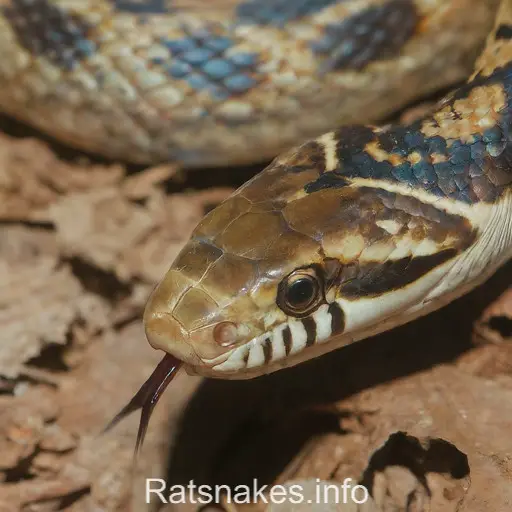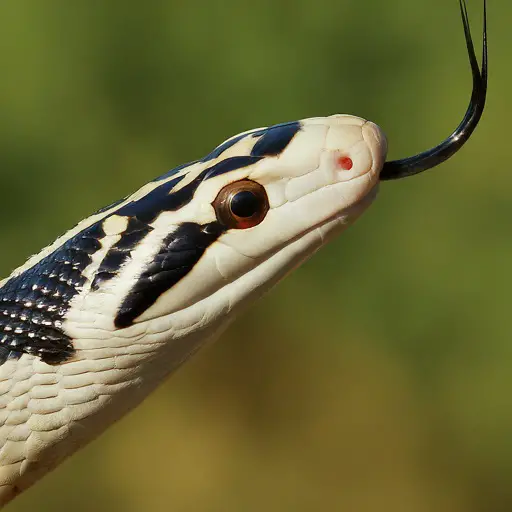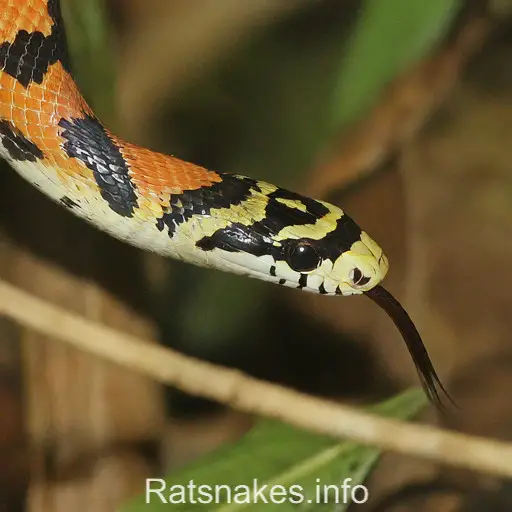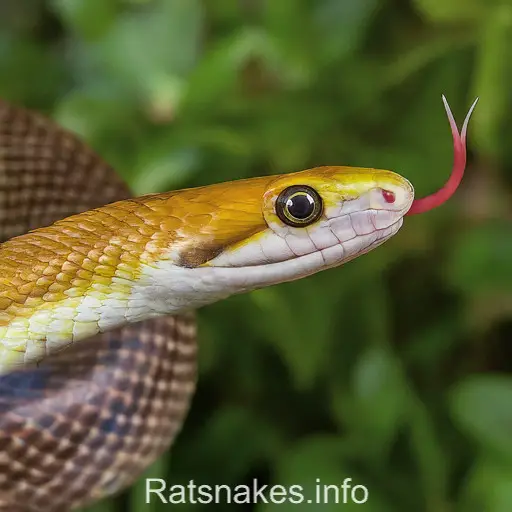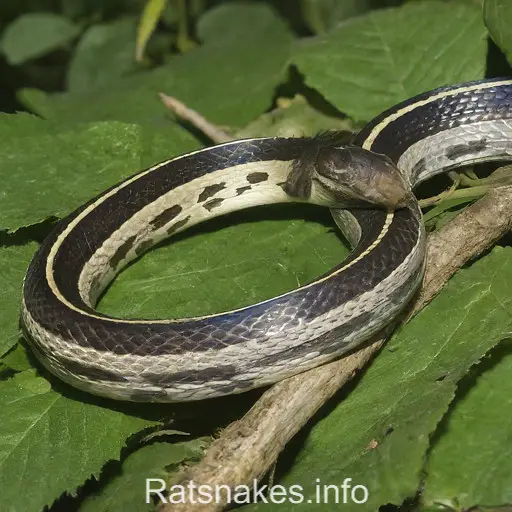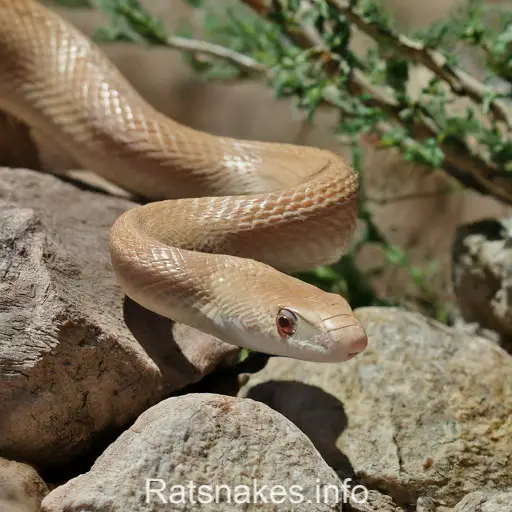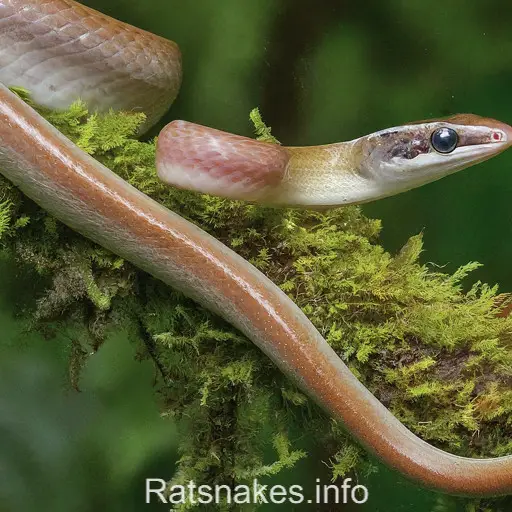
Welcome to our exploration of Ptyas luzonensis, a fascinating snake species native to the Philippines. We’ll delve into the unique characteristics, habitat, and behavior of this elusive reptile.
Ptyas luzonensis, commonly known as the Luzon rat snake, is a non-venomous colubrid snake that plays a crucial role in its ecosystem. Join us as we uncover the secrets of this sleek and agile serpent, known for its striking appearance and remarkable adaptability.
Through our detailed examination of Ptyas luzonensis, we aim to shed light on the importance of conservation efforts to protect this species and preserve the biodiversity of the Philippine islands. Let’s embark on this journey together to unravel the mysteries of the magnificent Luzon rat snake.
Unique Characteristics of Ptyas luzonensis
When it comes to Ptyas luzonensis, there are several unique features that set this species apart from others. Here are some noteworthy characteristics:
- Sleek Body: The Luzon rat snake boasts a slender and elongated body coated in smooth scales, allowing it to move swiftly through its habitat.
- Distinctive Coloration: With shades of green and yellow, often with black markings, this snake displays a striking appearance that aids in camouflage within its surroundings.
- Excellent Climber: Known for its exceptional climbing abilities, Ptyas luzonensis can effortlessly navigate trees and shrubs in search of prey.
- Diurnal Behavior: Unlike many snakes, this species is primarily active during the day, making it easier to observe in its natural habitat.
- Longevity: These remarkable creatures have a relatively long lifespan, with some individuals living up to 15 years in captivity.
- Diet: Ptyas luzonensis feeds mainly on small mammals, birds, and reptiles, showcasing its role as an efficient predator in the ecosystem.
- Non-venomous: As a non-venomous snake, encounters with Ptyas luzonensis pose no threat to humans, reflecting its peaceful nature.
Exploring the unique characteristics of Ptyas luzonensis provides valuable insights into the fascinating world of this species and underscores the importance of conservation efforts to safeguard its future.
Habitat of Ptyas luzonensis
When it comes to the habitat of Ptyas luzonensis, we find these fascinating creatures dwelling in a variety of environments across the Philippine islands. Here are a few key points to note:
- Tropical Forests: We commonly find the Luzon rat snake in the lush, tropical forests of the Philippines. The dense vegetation and abundant prey make these forests an ideal hunting ground for Ptyas luzonensis.
- Adept Climbers: Due to their excellent climbing abilities, these snakes can often be spotted in trees as they search for prey or bask in the sunlight. This behavior also helps them stay away from potential ground predators.
- Elevated Areas: Ptyas luzonensis also shows a preference for elevated areas within the forests, where they can have a better vantage point for hunting and thermoregulation.
- Human Proximity: While these snakes primarily inhabit natural environments, they are also known to adapt to human-altered landscapes, such as agricultural areas and secondary forests. This adaptability plays a role in their survival in changing ecosystems.
Understanding the diverse habitats where Ptyas luzonensis thrives is crucial for conservation efforts aimed at protecting these remarkable species in their natural surroundings.
Behavior of Ptyas luzonensis
Ptyas luzonensis, the Luzon rat snake, exhibits fascinating behaviors that are essential to its survival in diverse habitats. Understanding these behaviors is crucial for effective conservation strategies and protection of this unique species. Here are some key aspects of the behavior of Ptyas luzonensis:
- Nocturnal habits: Ptyas luzonensis is primarily nocturnal, actively hunting for prey during the night when temperatures are cooler, and prey animals are more active.
- Diet and hunting: These rat snakes are skilled predators, preying on a variety of small animals such as rodents, birds, lizards, and frogs. Their ability to climb trees with ease allows them to ambush prey from elevated positions.
- Reproduction: Ptyas luzonensis reproduces through sexual reproduction, with females laying eggs in suitable locations to ensure the survival of their offspring. The incubation period varies, with the young snakes hatching fully developed.
- Territorial behavior: Like many snake species, Ptyas luzonensis exhibits territorial behavior, marking and defending their territories against intruders.
- Adaptability: Despite human interference in their habitats, Ptyas luzonensis has shown remarkable adaptability to urban areas and disturbed landscapes, highlighting their resilience as a species.
- Social interactions: While often considered solitary animals, Ptyas luzonensis may interact with conspecifics during mating seasons or encounters in shared territories, showcasing complex social behaviors.
- Defense mechanisms: When threatened, Ptyas luzonensis may exhibit defensive behaviors such as hissing, striking, or adopting specific body postures to deter potential predators.
By delving into the behavioral patterns of Ptyas luzonensis, we gain valuable insights into how this species thrives in its environment and what measures can be taken to ensure its continued existence in the wild.
Conservation of Ptyas luzonensis
When considering conservation efforts for Ptyas luzonensis, it’s crucial to focus on preserving its natural habitats. These snake species are adaptable to human-altered landscapes, but their survival heavily relies on maintaining healthy ecosystems in the areas they inhabit.
One of the key strategies for protecting Ptyas luzonensis is to minimize habitat destruction through sustainable land management practices. By preserving forests and natural breeding sites, we can ensure a suitable environment for these snakes to thrive in the wild.
Another important aspect of conservation is raising awareness about the significance of protecting Ptyas luzonensis and its role in the ecosystem. Educational programs and community engagement can help instill a sense of responsibility towards wildlife conservation.
Furthermore, monitoring populations of Ptyas luzonensis through scientific research is essential for understanding population trends and potential threats that these snakes may face. By collecting data on their distribution and abundance, we can implement targeted conservation strategies to safeguard their future.
Overall, efforts to conserve Ptyas luzonensis require a multifaceted approach that addresses habitat preservation, awareness-raising, and scientific research. By working together to protect these fascinating snakes, we can contribute to the conservation of biodiversity and ensure the long-term survival of Ptyas luzonensis in its natural habitats.
Key Takeaways
- Ptyas luzonensis, also known as the Luzon rat snake, is a non-venomous snake species native to the Philippines with unique characteristics and behaviors.
- Unique Characteristics: This snake has a sleek body, distinctive coloration, is an excellent climber, diurnal in behavior, can have a long lifespan, and is a non-venomous predator.
- Habitat: Ptyas luzonensis thrives in tropical forests, is adept at climbing trees, prefers elevated areas for hunting, and can adapt to human-altered landscapes.
- Behavior: The snake exhibits nocturnal habits, preys on small animals, reproduces through sexual reproduction, displays territorial behavior, and has shown adaptability to urban areas.
- Conservation: Conservation efforts for Ptyas luzonensis should focus on preserving its natural habitats, minimizing habitat destruction, raising awareness about its significance, and monitoring populations through scientific research.
Conclusion
Preserving Ptyas luzonensis is crucial for maintaining biodiversity and ecological balance. By prioritizing habitat conservation, sustainable land management, awareness campaigns, and scientific monitoring, we can ensure the long-term survival of this species. Our collective efforts play a vital role in protecting Ptyas luzonensis and its natural environment. Let’s continue to work together to safeguard the future of this unique snake species and contribute to the preservation of our planet’s rich biodiversity.

